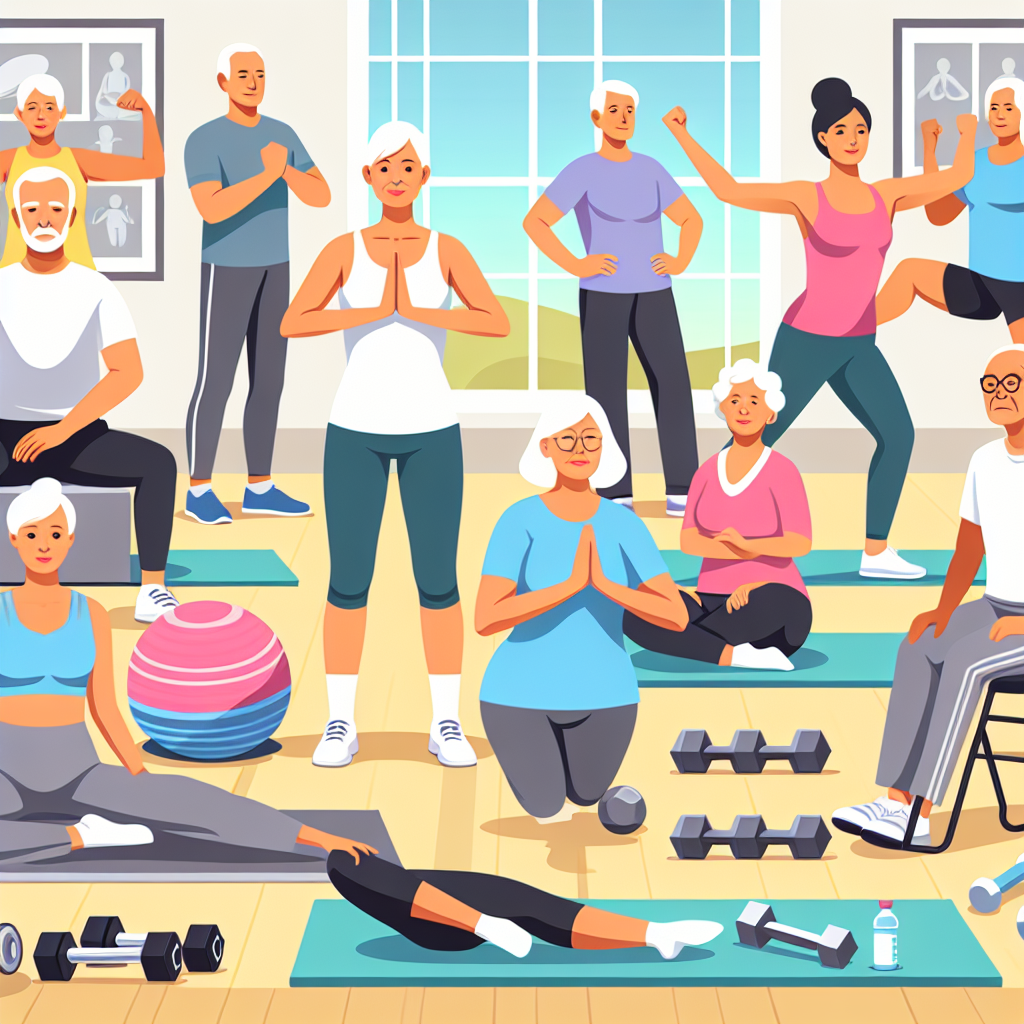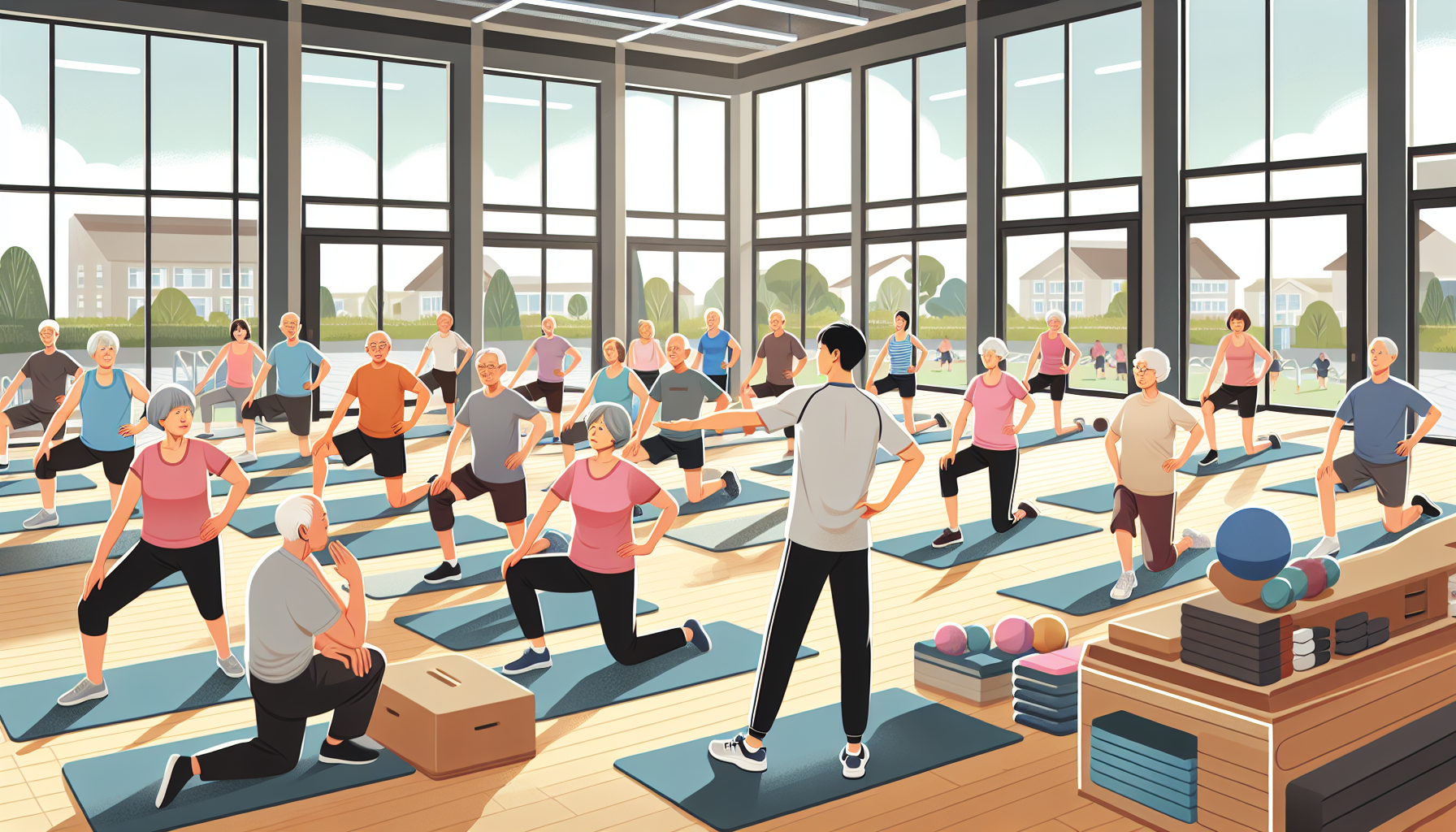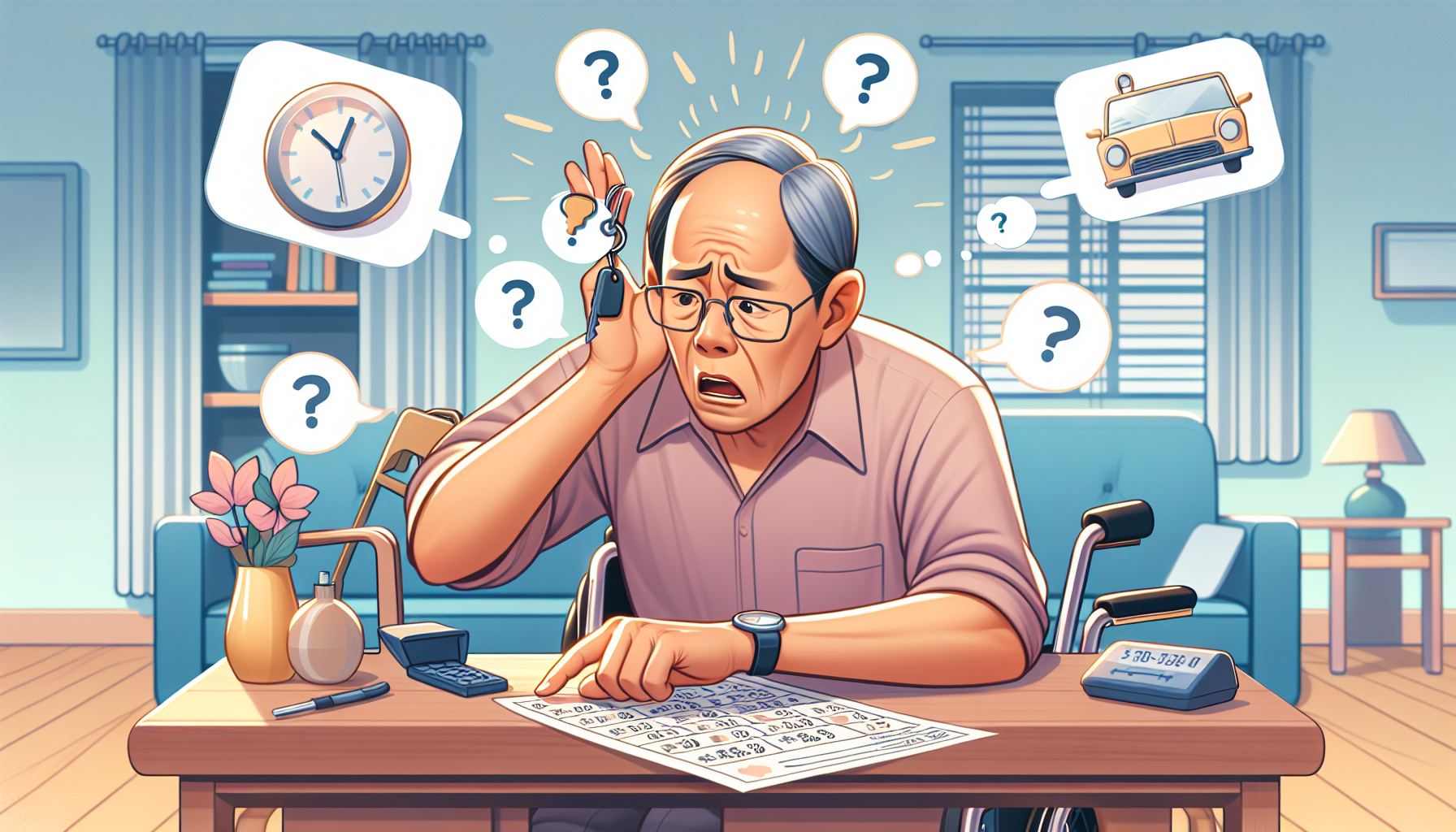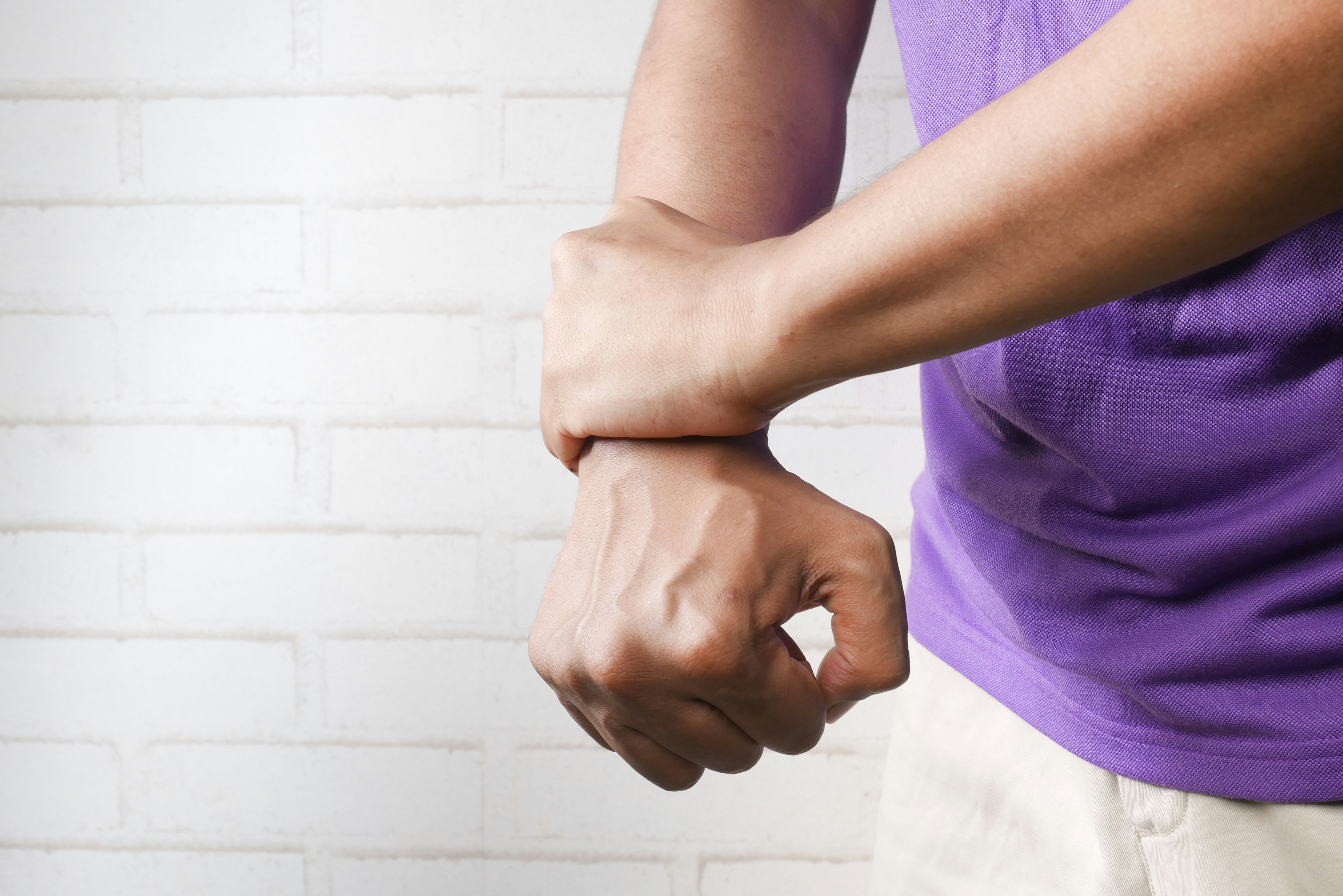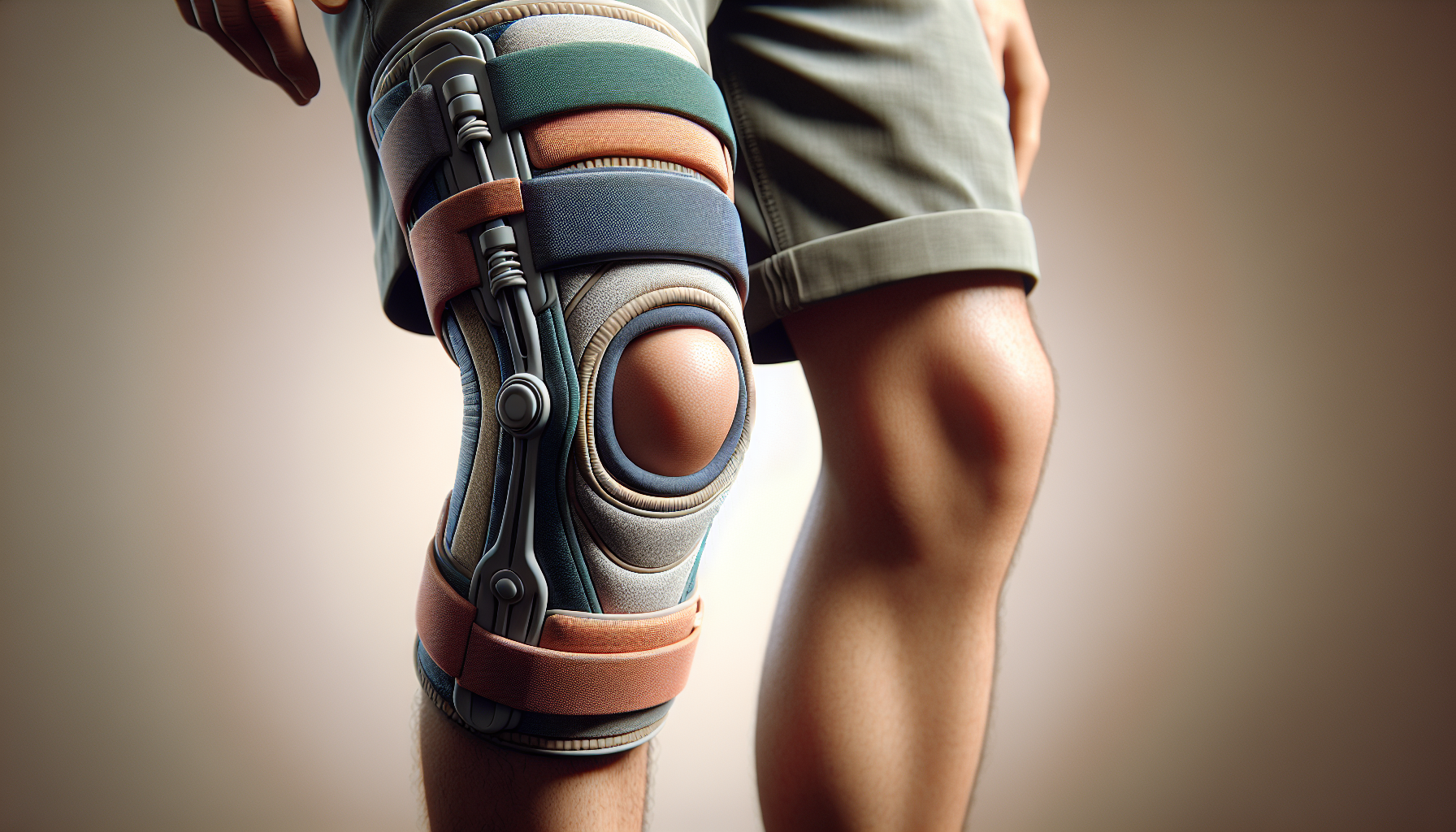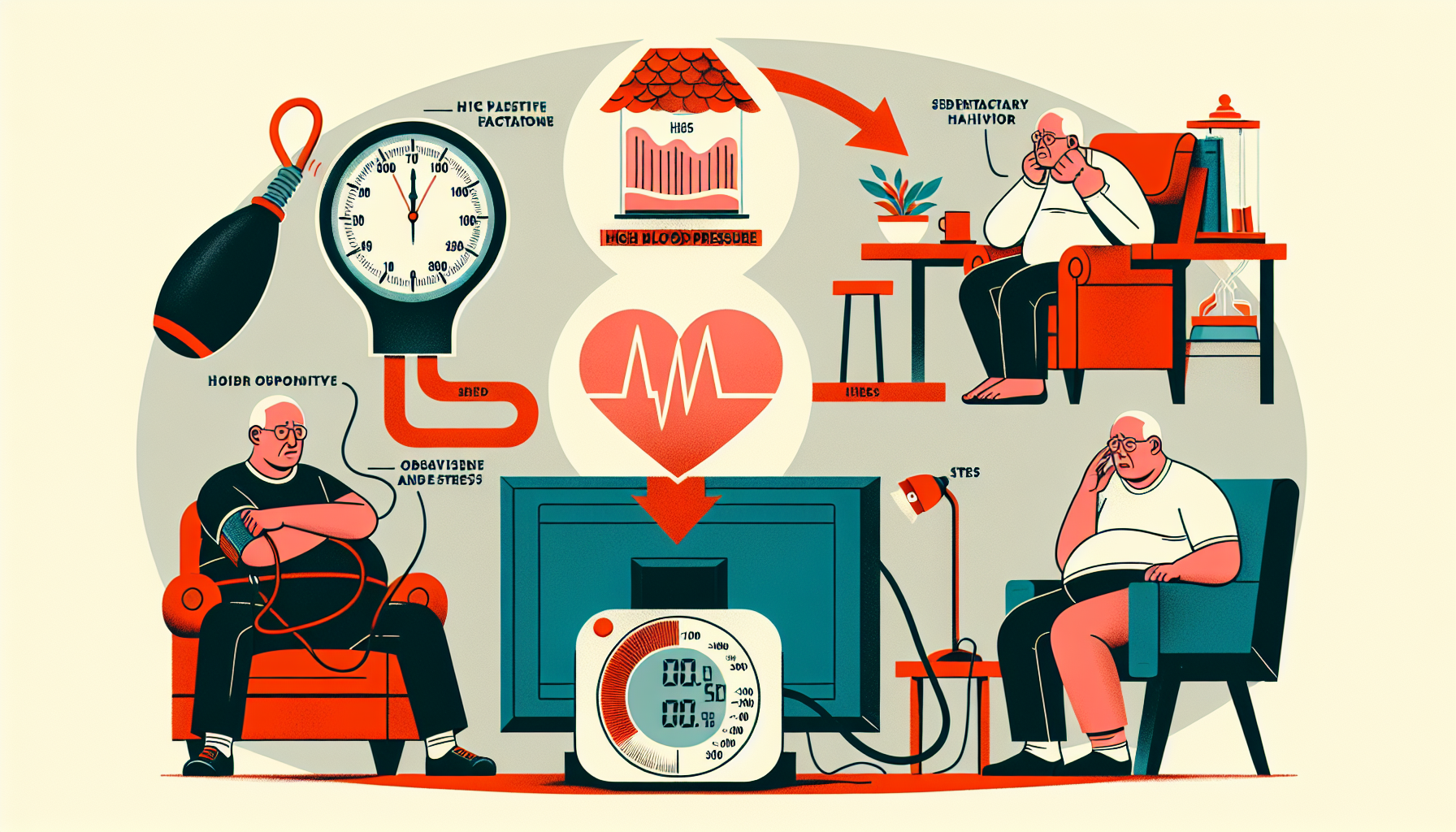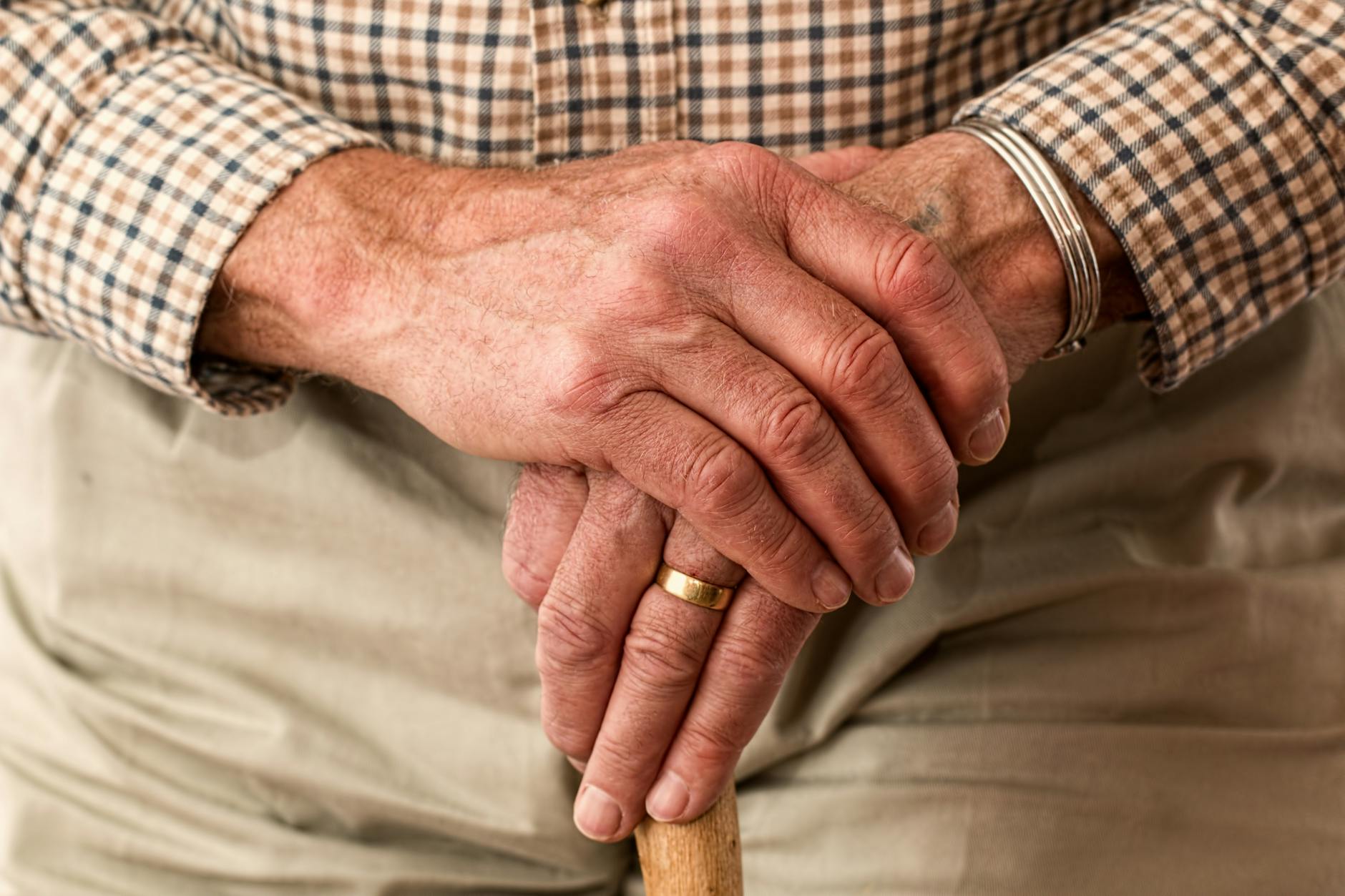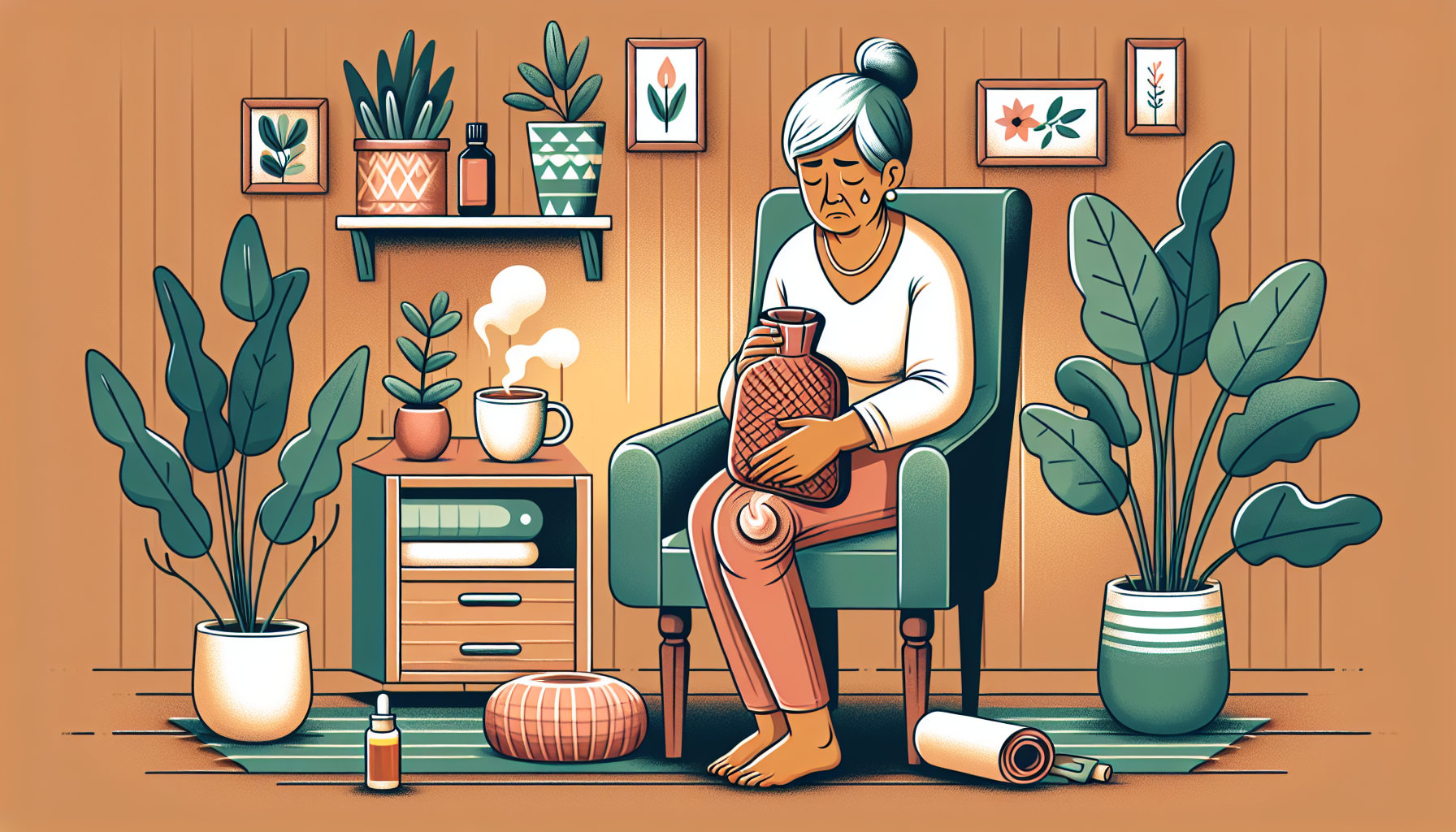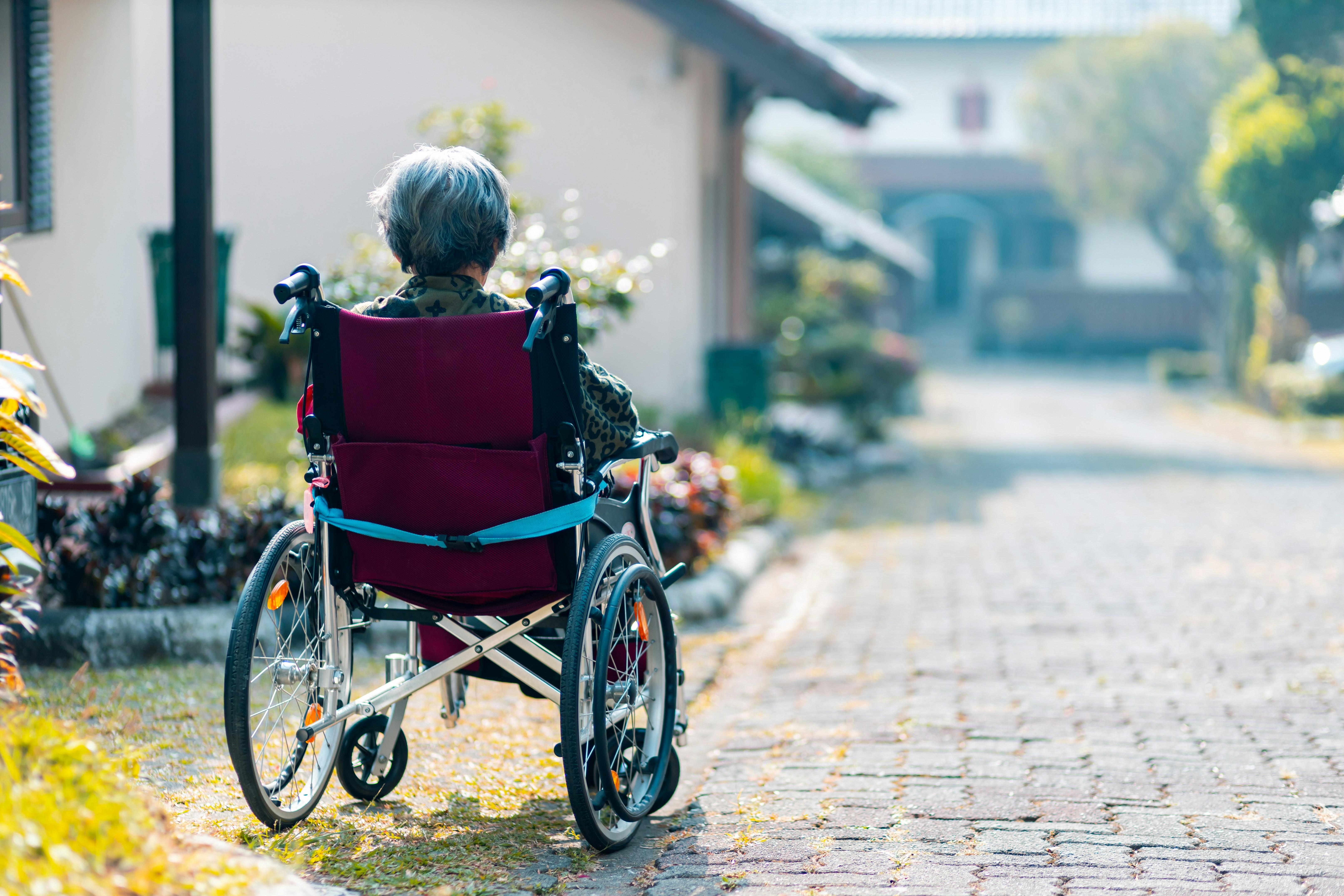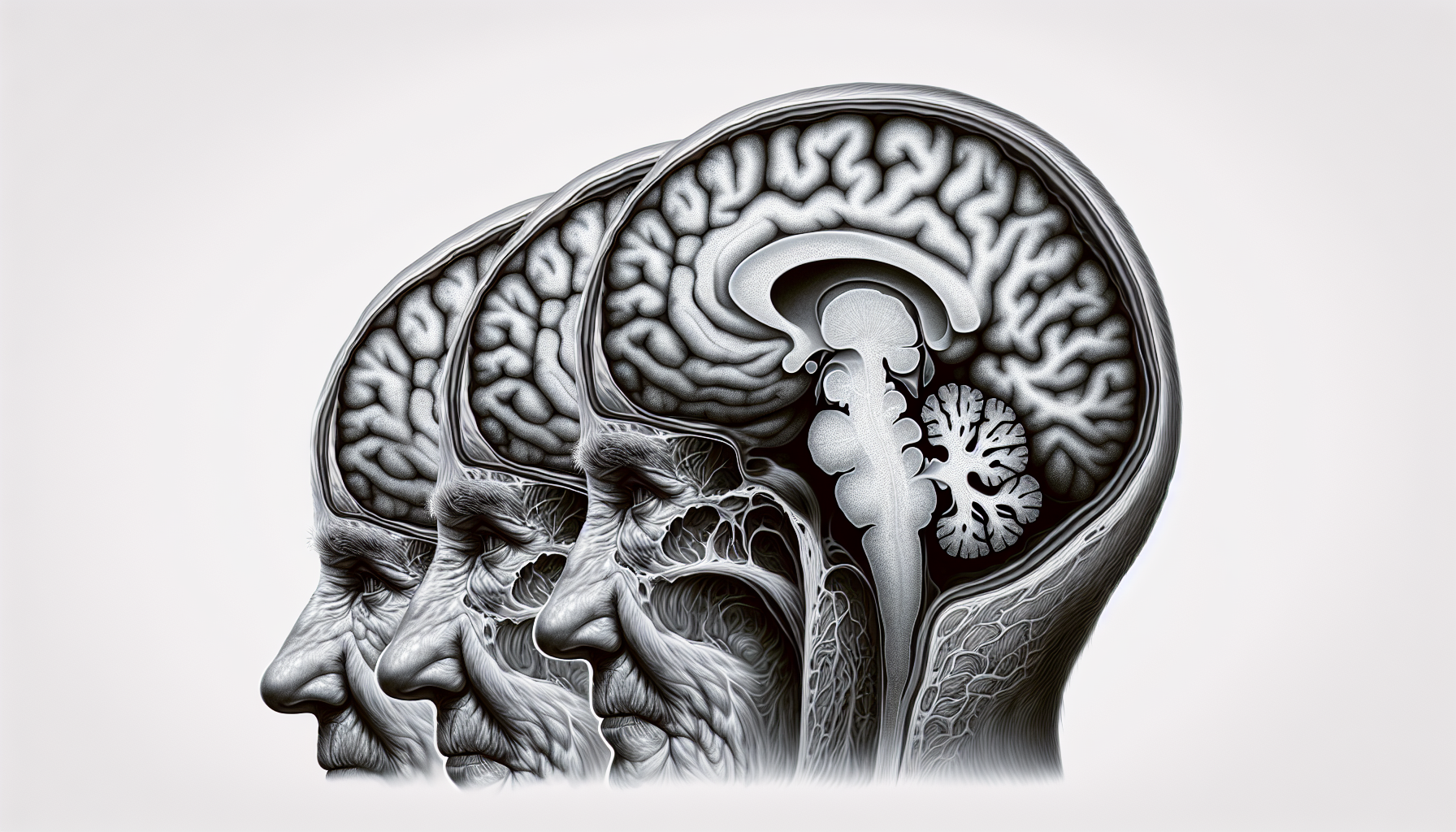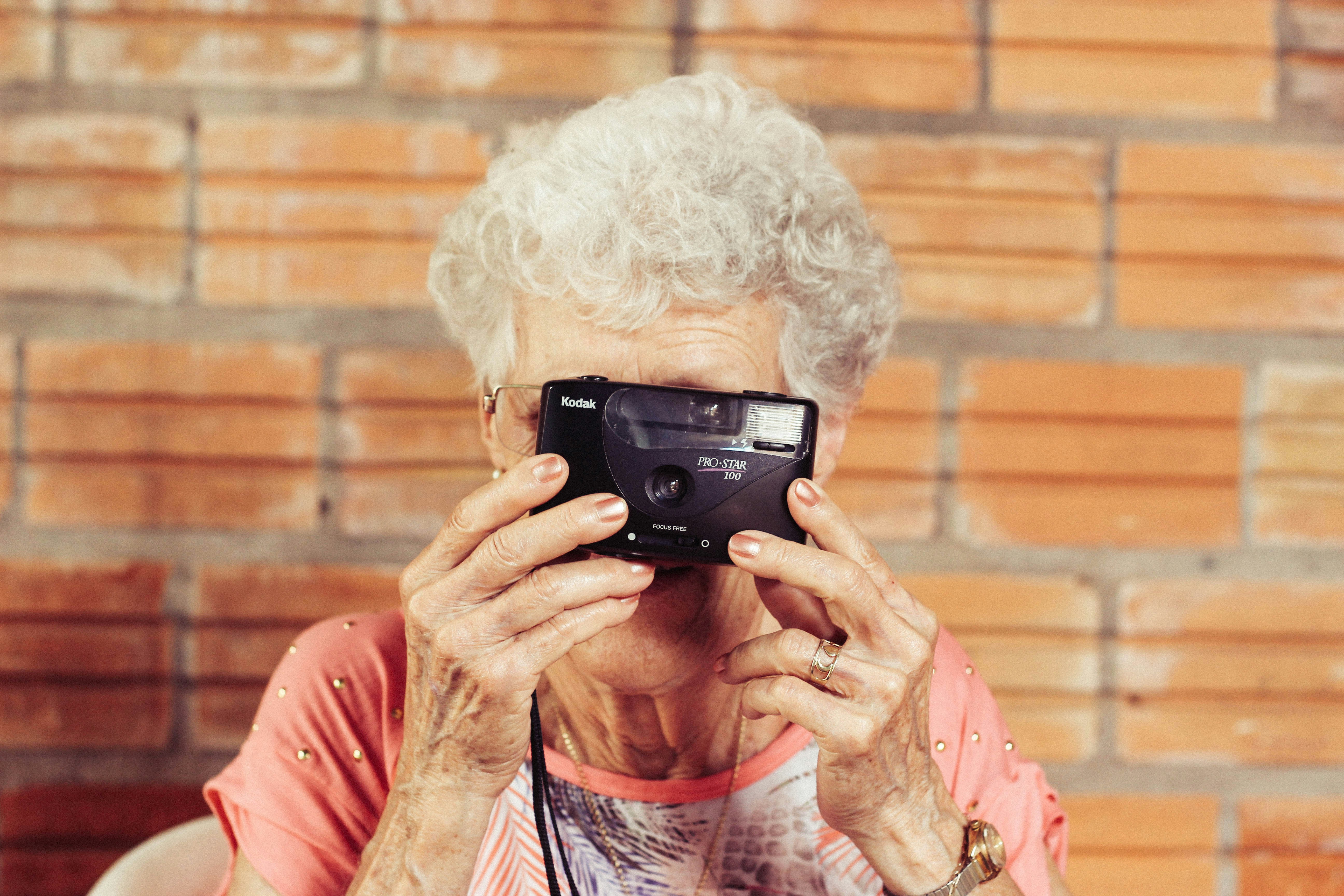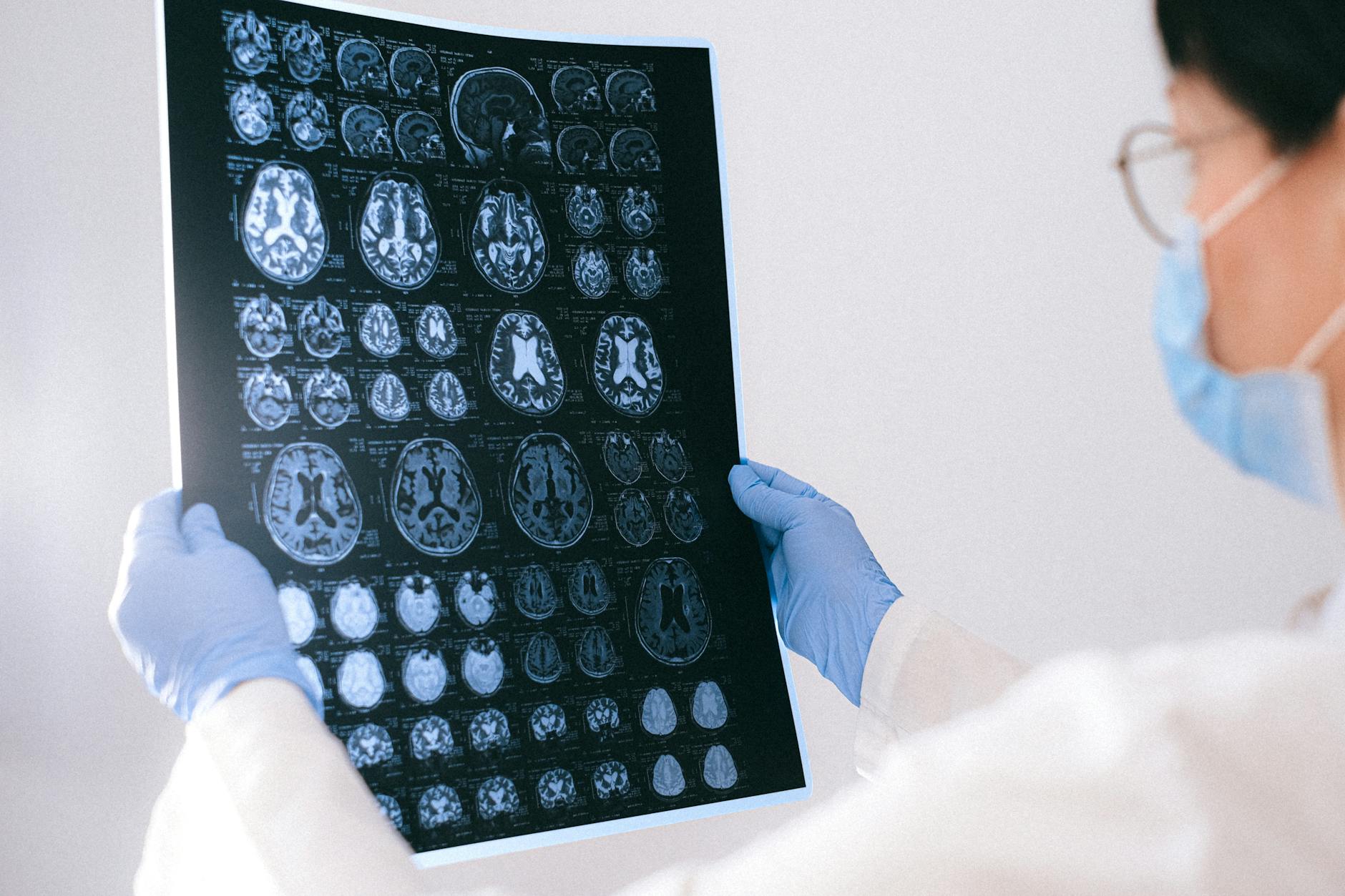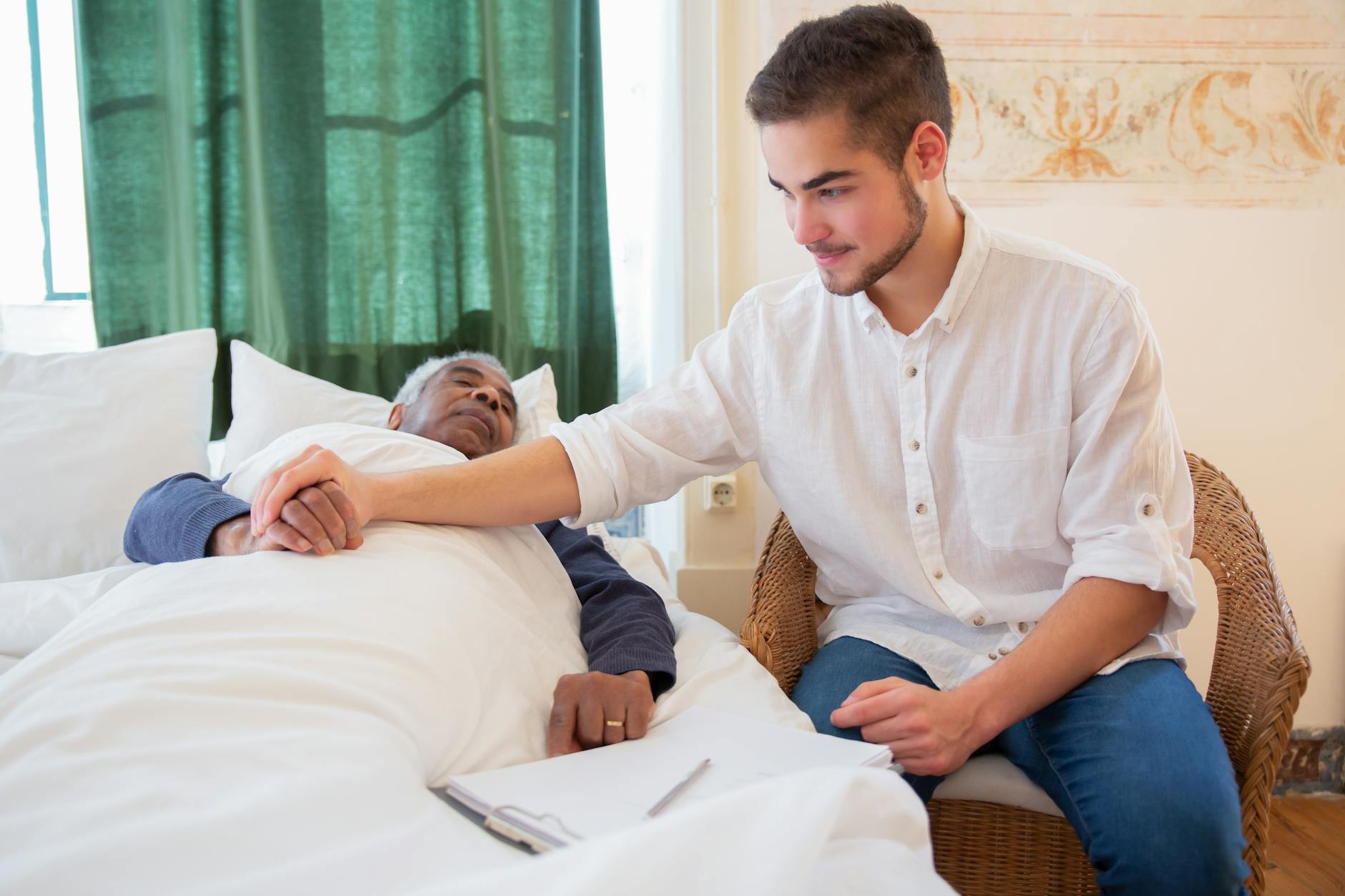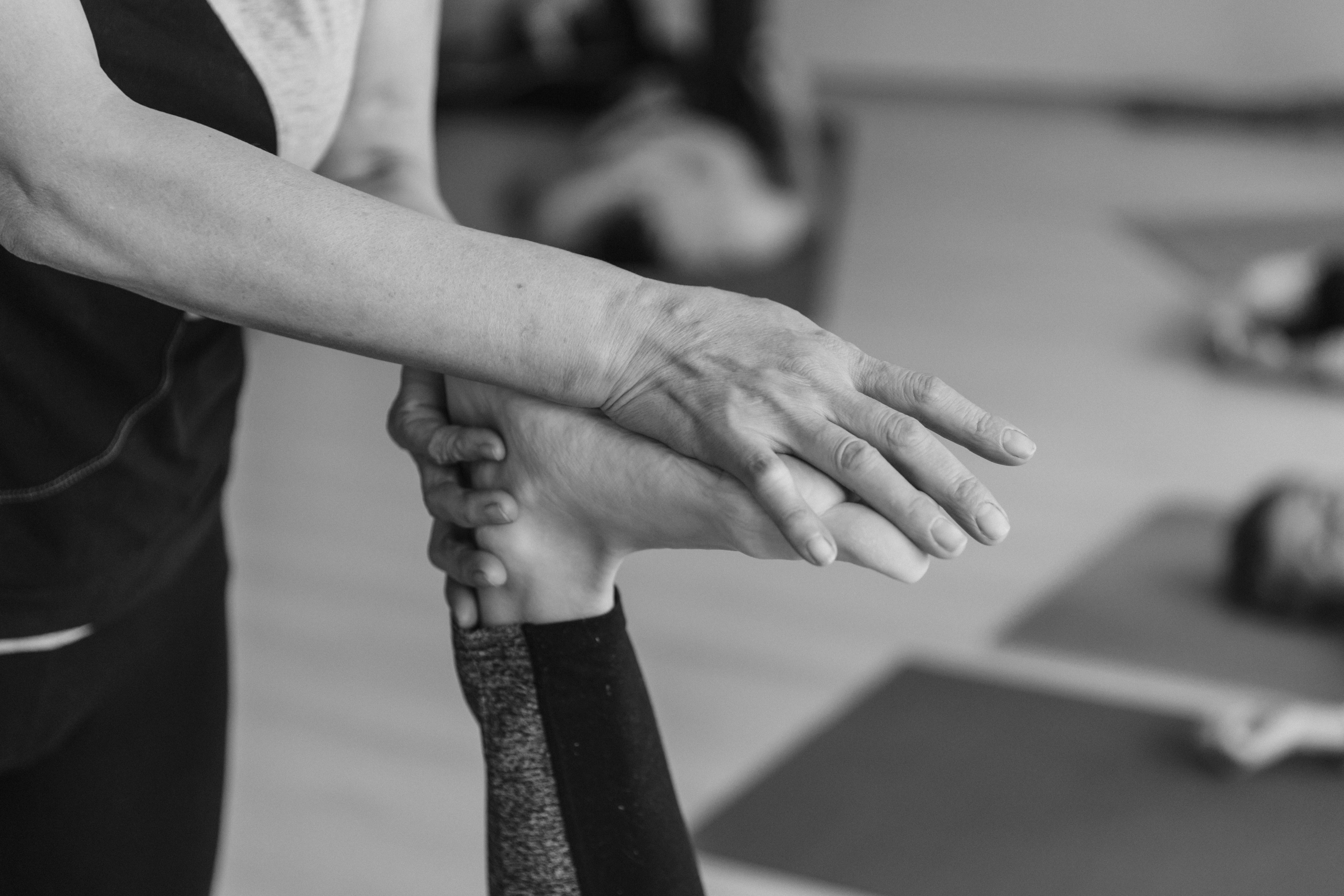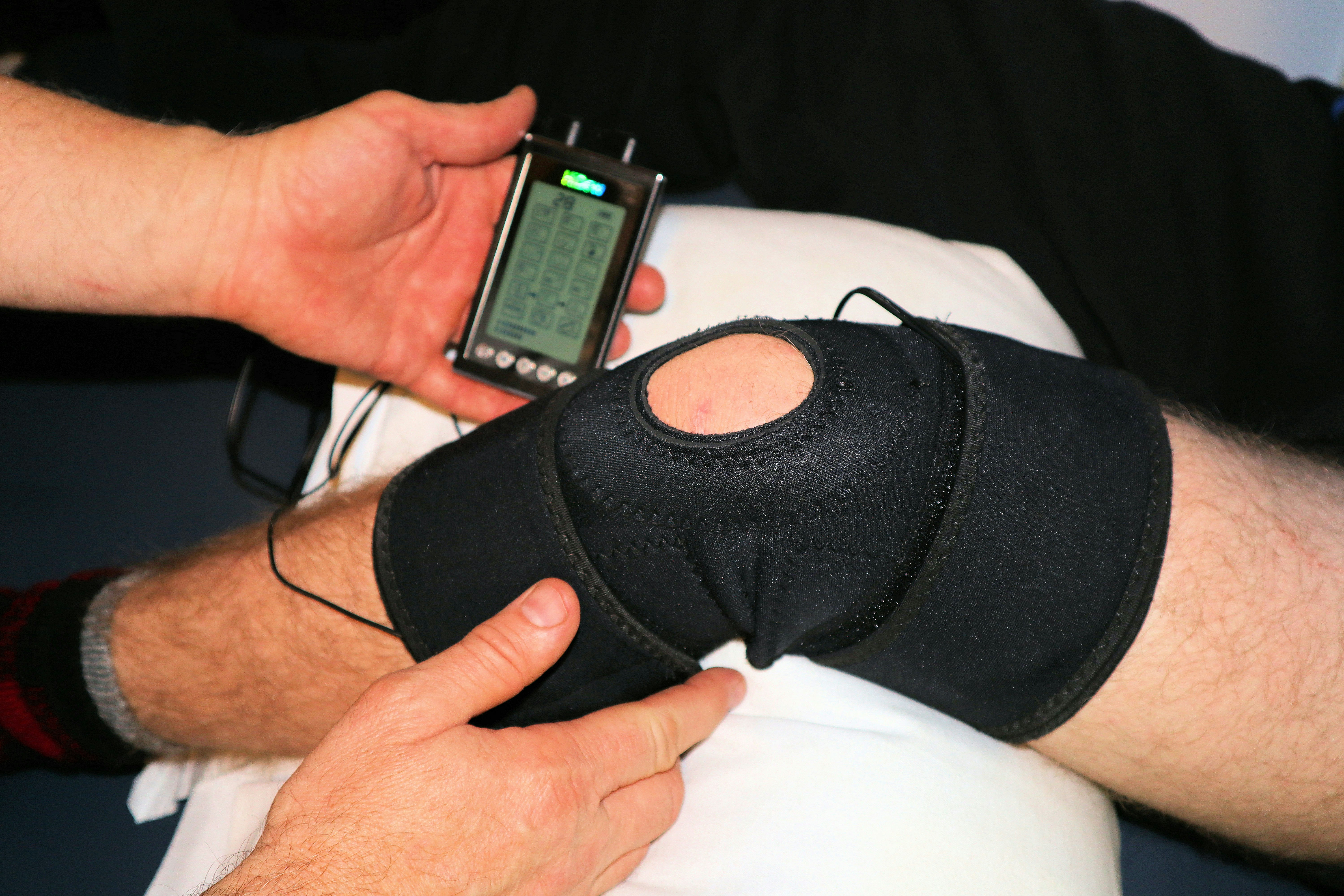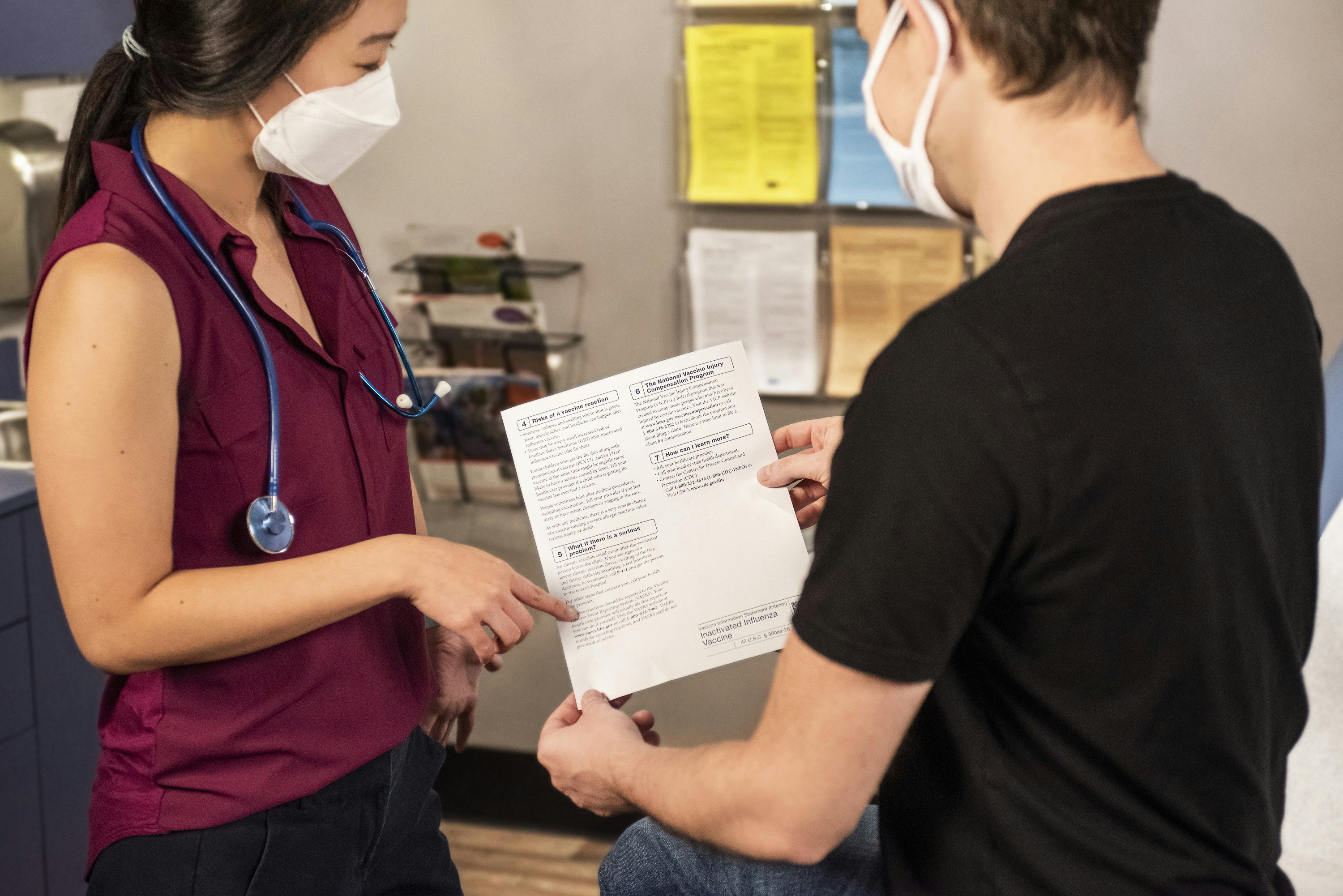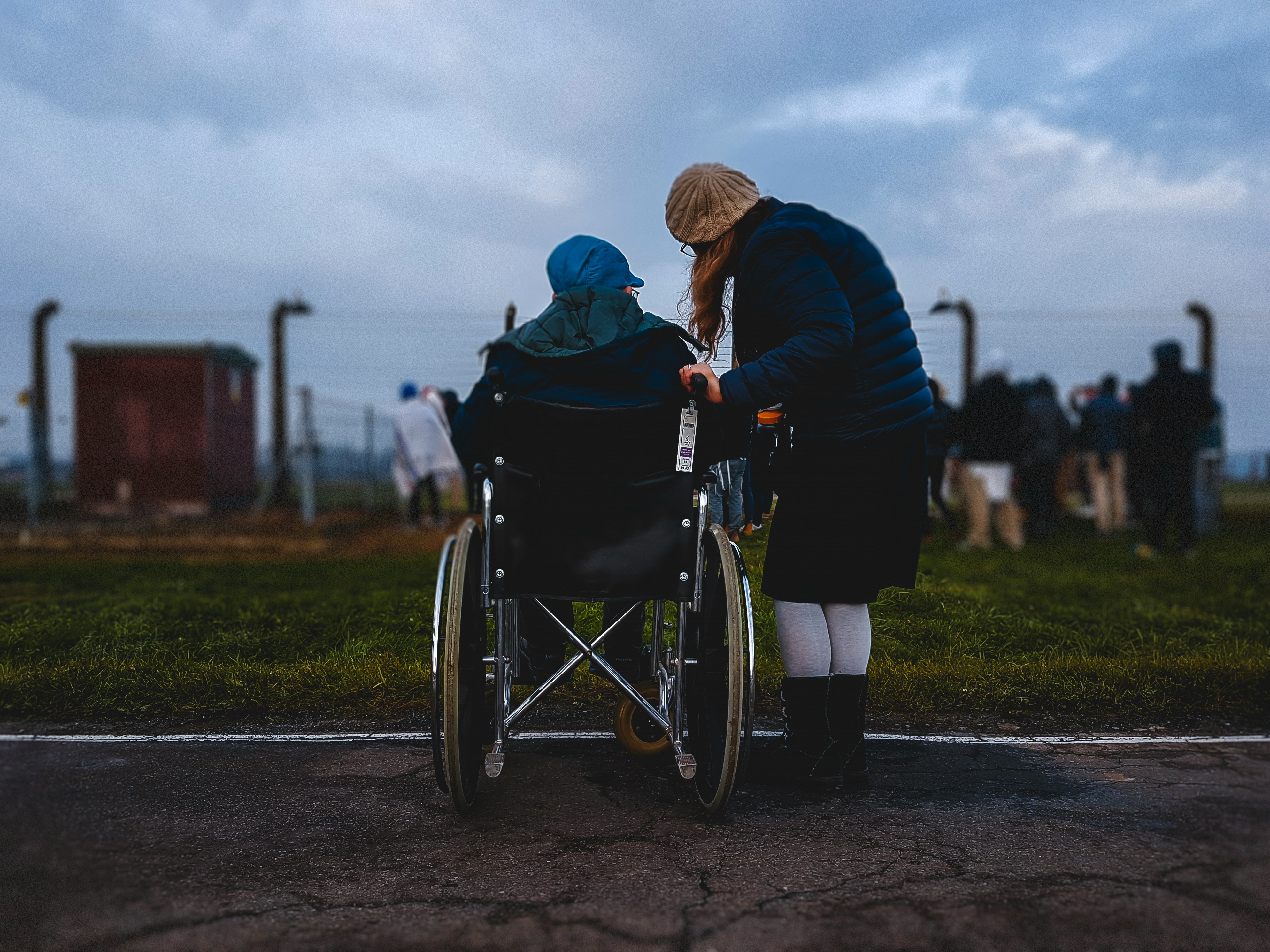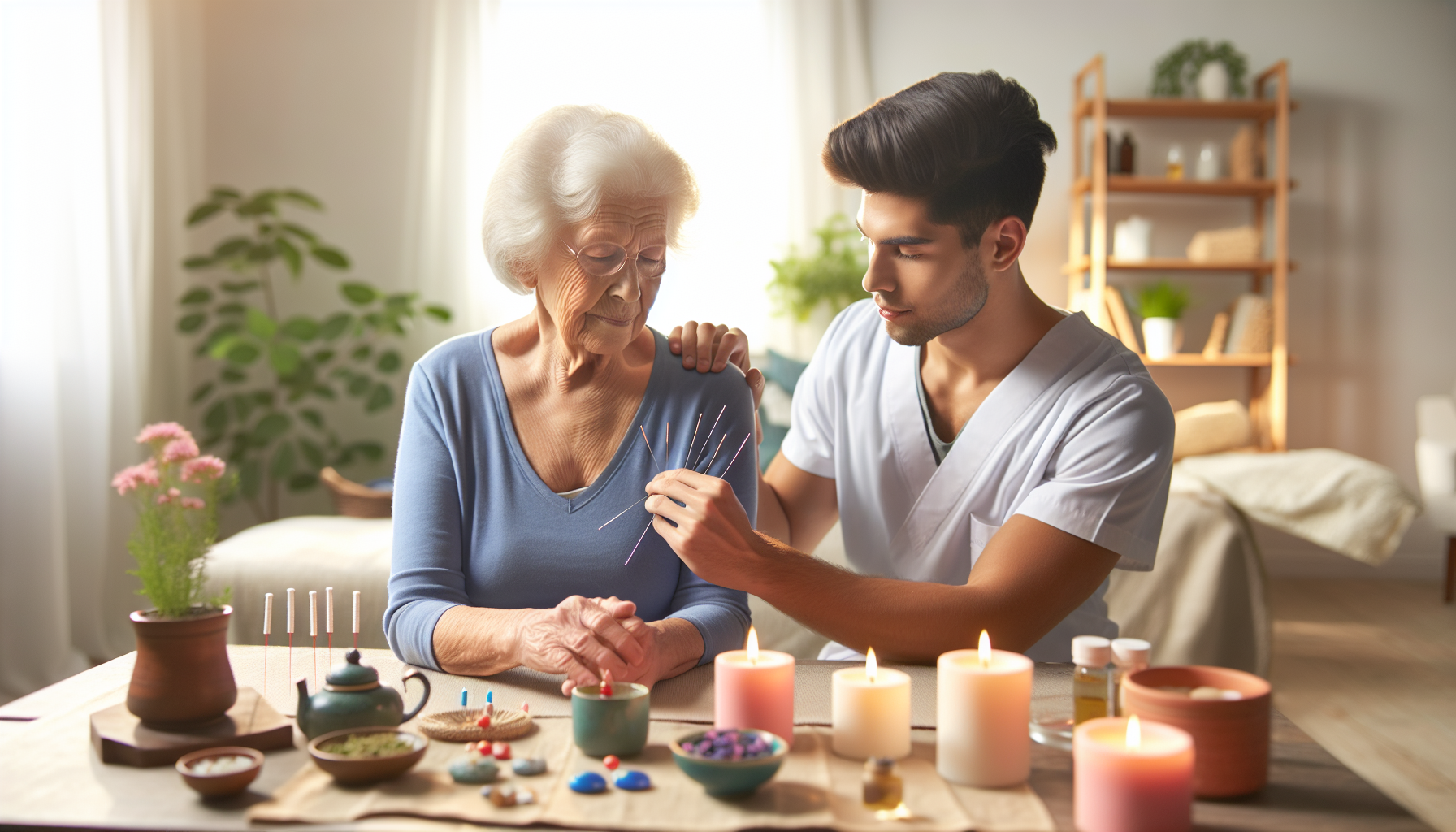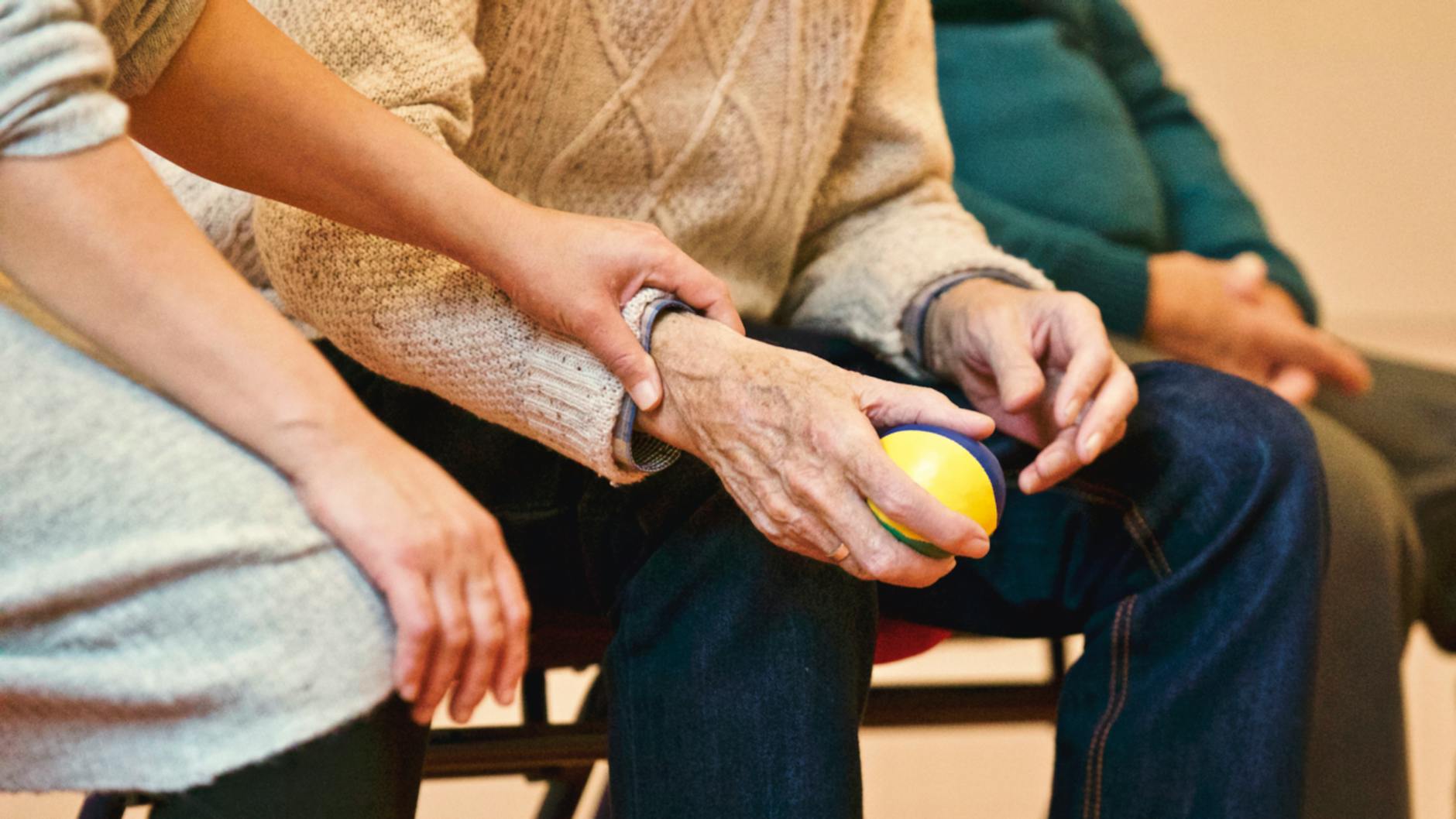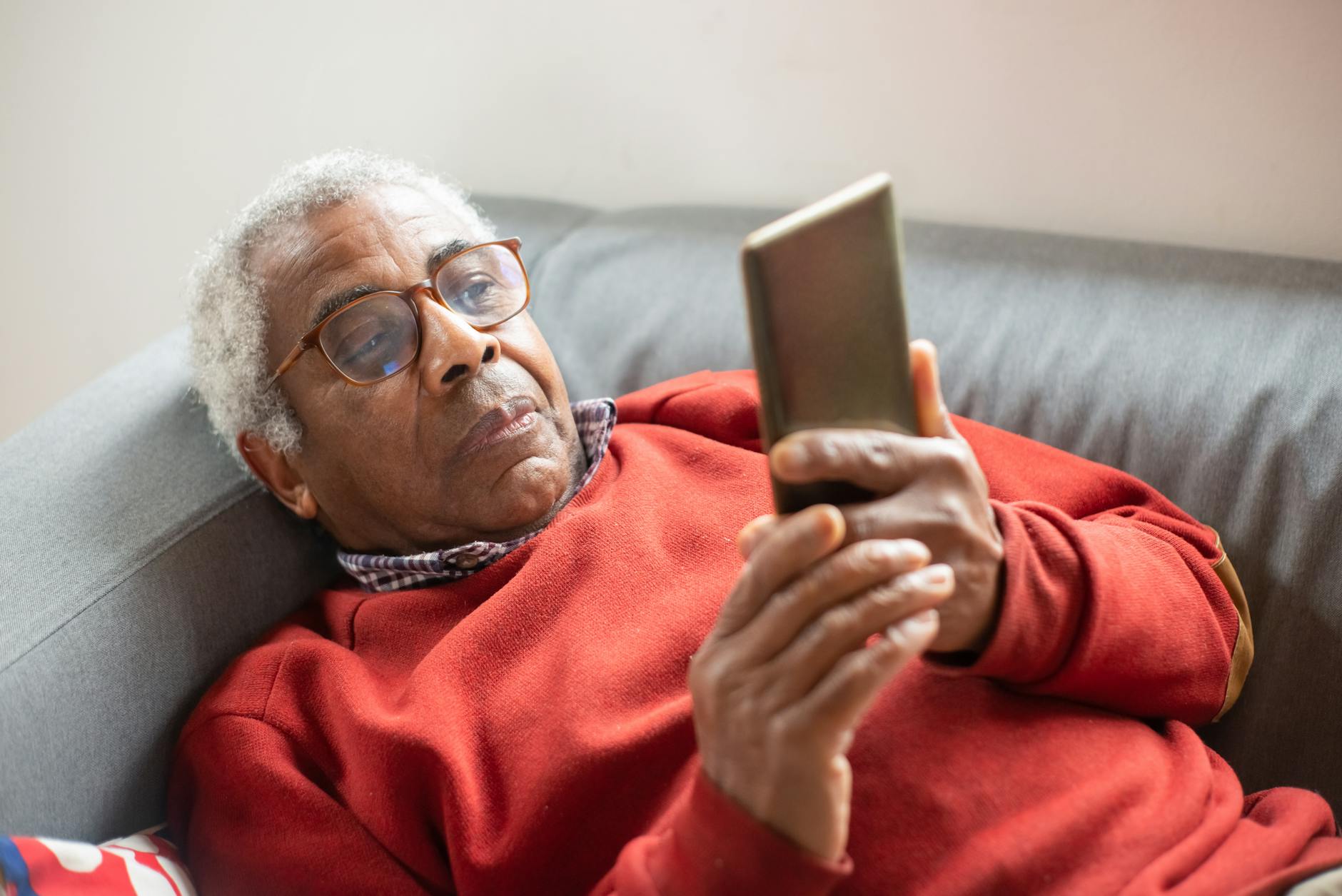Care For Paralyzed Patients
In this article, we will discuss some tips and tricks for providing the best possible care for your loved ones.
.jpg)
Home Care For Paralyzed Patients
When it comes to caring for paralyzed patients, providing assistance and support at home is essential for their well-being and quality of life. Understanding their unique needs and the importance of home care is crucial for creating a nurturing environment.

Understanding the Needs of Paralyzed Patients
Paralyzed patients require specialized care due to the limitations caused by their condition. It's important to have a comprehensive understanding of their needs to provide the best possible care. Paralysis can affect various aspects of daily life, including mobility, personal hygiene, and medical needs.
Mobility is often a significant challenge for paralyzed patients. Depending on the level and extent of paralysis, they may require assistance with transfers from bed to wheelchair, wheelchair navigation, and positioning to prevent pressure sores. Understanding their mobility limitations and having proper equipment, such as mobility aids and adaptive equipment, can greatly enhance their independence and comfort.
Personal hygiene is another important aspect of care for paralyzed patients. Assistance with bathing, using the toilet, and maintaining oral hygiene may be necessary. Ensuring their hygiene needs are met not only promotes physical well-being but also helps maintain their dignity and self-esteem.
Apart from mobility and personal hygiene, paralyzed patients may have specific medical needs. This can include medication administration, wound care, and monitoring vital signs. Understanding the proper techniques and protocols for managing these medical needs is crucial to ensure their health and safety.
Importance of Home Care for Paralyzed Patients
Home care plays a vital role in the well-being of paralyzed patients. It allows them to receive personalized care in the comfort of their own homes, promoting a sense of familiarity and independence. Home care also provides an opportunity for family members and caregivers to actively participate in their loved one's care.
By receiving care at home, paralyzed patients can maintain a routine that suits their individual needs and preferences. This can help reduce stress and anxiety, which are common challenges faced by paralyzed individuals. Additionally, being in a familiar environment can positively impact their emotional well-being and mental health.
Home care also enables the implementation of necessary modifications to the living space to ensure accessibility and safety. Adapting the living space with features such as ramps, grab bars, and wider doorways enhances mobility and independence for paralyzed patients.
In summary, understanding the needs of paralyzed patients and providing home care is crucial for their well-being and quality of life. By addressing their specific needs and creating a supportive environment, caregivers can help paralyzed individuals maintain their independence, dignity, and overall health.
Creating a Supportive Environment
When caring for a paralyzed person at home, creating a supportive environment is essential to ensure their comfort, safety, and well-being. This section will explore two key aspects of creating a supportive environment: adapting the living space and ensuring accessibility and safety.
Adapting the Living Space
Adapting the living space is crucial to accommodate the unique needs of a paralyzed person. By making modifications to the physical environment, you can enhance their mobility and independence. Here are some considerations when adapting the living space:
- Widening doorways and hallways: Ensure that doorways and hallways are wide enough for wheelchair accessibility. This will allow the paralyzed person to navigate freely throughout the home.
- Removing tripping hazards: Clear the living space of any obstacles such as loose rugs, cords, or furniture that may pose a risk of tripping or falling. Secure carpets and rugs to the floor to prevent slipping.
- Creating accessible entrances: Install ramps or lifts to provide easy access to the home for wheelchair users. Consider installing handrails along staircases for added stability and support.
- Lowering countertops and sinks: Modify kitchen and bathroom countertops to a lower height to enable wheelchair users to comfortably reach and utilize these spaces.
- Installing grab bars and handrails: Install grab bars and handrails in the bathroom, near toilets, and in the shower or bath area. These assistive devices provide stability and support during transfers and activities of daily living.
Ensuring Accessibility and Safety
In addition to adapting the living space, ensuring accessibility and safety is vital for the well-being of a paralyzed person. Here are some key considerations:
- Proper lighting: Ensure that all areas of the home are well-lit to prevent accidents and provide visibility. Use nightlights in hallways and bathrooms to assist with nighttime mobility.
- Secure flooring: Choose flooring materials that are slip-resistant and provide a stable surface for wheelchair users. Avoid rugs or carpets that may hinder wheelchair movement and increase the risk of falls.
- Accessible storage: Rearrange storage areas to ensure that frequently used items are within easy reach. Utilize lower shelves or organizers that slide out for easy access.
- Assistive devices and adaptive equipment: Explore the use of assistive devices and adaptive equipment that can enhance accessibility and independence for the paralyzed person. This may include grabbers, reachers, specialized utensils, or dressing aids.
- Emergency preparedness: Develop an emergency plan that includes specific procedures for assisting a paralyzed person during emergencies or power outages. Keep emergency contact numbers readily accessible and ensure that necessary medical supplies are well-stocked.
By adapting the living space and ensuring accessibility and safety, you can create an environment that supports the needs and independence of a paralyzed person. It is important to regularly assess and update the living space as the individual's needs may evolve over time. With a supportive environment, the paralyzed person can navigate their home with ease and maintain a sense of comfort and security.
Assisting with Daily Activities
When caring for a paralyzed patient at home, assisting with daily activities is a crucial part of their overall care. This section explores three essential areas of daily care: personal hygiene and bathing, dressing and grooming, and mobility and transfers.
Personal Hygiene and Bathing
Maintaining proper personal hygiene is important for the comfort and well-being of a paralyzed patient. Here are some tips to ensure effective personal hygiene and bathing:
- Bathing: Assist the paralyzed patient in bathing by providing support and ensuring their safety. Consider using a shower chair or bath bench to make bathing more accessible. Use mild, hypoallergenic soap and warm water to cleanse the body gently. Take precautions to prevent pressure sores by using cushions or pads to relieve pressure on bony areas.
- Oral Care: Help the patient with brushing their teeth at least twice a day. Use a soft-bristled toothbrush and fluoride toothpaste to clean their teeth and gums. If the patient is unable to spit, use a suction device or oral swabs to remove excess toothpaste and saliva.
- Hair Care: Assist with regular hair washing, conditioning, and styling. Use a gentle shampoo and conditioner suitable for the patient's hair type. If necessary, consider using dry shampoo or no-rinse shampoo for individuals who are unable to wash their hair in the traditional way.
Dressing and Grooming
Assisting with dressing and grooming allows paralyzed patients to maintain their personal style and dignity. Consider the following guidelines:
- Choosing Clothing: Select clothing that is comfortable, easy to put on and take off, and accommodates any medical devices or equipment. Opt for clothes with Velcro fasteners or elastic waistbands for ease of dressing.
- Dressing Techniques: Help the patient with dressing by breaking down the process into manageable steps. Assist in putting on undergarments, pants, shirts, and other clothing items. Utilize adaptive equipment, such as dressing sticks or buttonhooks, to make dressing easier.
- Grooming: Assist with grooming tasks such as combing or brushing hair, shaving (if applicable), and applying makeup (if desired). Adapt grooming tools, such as electric razors or long-handled brushes, to accommodate the patient's needs.
Mobility and Transfers
Maintaining mobility and facilitating safe transfers are essential aspects of caring for a paralyzed patient. Follow these recommendations:
- Range of Motion Exercises: Help the patient perform regular range of motion exercises to prevent muscle stiffness and joint contractures. Consult with a healthcare professional or physical therapist for specific exercises suitable for the patient's condition.
- Assistive Devices: Utilize assistive devices such as wheelchairs, walkers, or canes to aid in mobility. Ensure that these devices are properly adjusted and fitted to the patient's specific needs.
- Transfers: When assisting with transfers, use proper body mechanics and techniques to prevent strain or injury to both the patient and caregiver. Consider using transfer aids, such as transfer boards or transfer belts, to facilitate safe and smooth transfers between surfaces or positions.
By providing comprehensive support in personal hygiene and bathing, dressing and grooming, as well as mobility and transfers, caregivers can ensure the comfort and well-being of paralyzed patients. Remember to communicate with the patient, involve them in decision-making, and respect their preferences and autonomy throughout the daily care process.
Managing Medications and Medical Needs
When caring for a paralyzed patient at home, managing medications and addressing their medical needs is of utmost importance. This section will cover the essential aspects of medication administration, wound care, and monitoring vital signs.
Medication Administration
Administering medications to a paralyzed patient requires careful attention and adherence to prescribed schedules. It is crucial to follow the healthcare professional's instructions and ensure proper dosage and timing. Consider the following tips for medication administration:
- Create a medication schedule: Establish a clear schedule for medication administration to ensure consistency and avoid missed doses. Use reminder alarms or smartphone apps to help you stay organized.
- Organize medications: Keep medications in a safe and easily accessible location. Consider using pill organizers or medication management systems to ensure accurate dosing.
- Communicate with healthcare providers: Regularly communicate with the patient's healthcare team to address any concerns, discuss potential side effects, and clarify dosage instructions.
- Be aware of potential interactions: Understand the potential interactions between medications and inform healthcare providers of all the medications the patient is taking, including over-the-counter drugs and supplements.
Wound Care
Paralyzed patients are at a higher risk of developing pressure sores or ulcers due to prolonged sitting or lying in one position. Proper wound care is essential to prevent infections and promote healing. Here are some key considerations for wound care:
- Regularly inspect the skin: Check the patient's skin for any signs of redness, irritation, or pressure sores. Pay special attention to areas that are more susceptible, such as the buttocks, heels, and elbows.
- Reposition frequently: Help the patient change positions regularly to relieve pressure on vulnerable areas. Use supportive cushions or pillows to distribute pressure evenly.
- Maintain cleanliness: Keep the skin clean and dry to prevent infections. Use mild, non-irritating cleansers and gently pat the skin dry.
- Dress wounds appropriately: If a wound or pressure sore develops, consult a healthcare professional for appropriate dressing and care instructions. Follow their recommendations closely to aid healing and prevent further complications.
Monitoring Vital Signs
Regularly monitoring the vital signs of a paralyzed patient at home is essential to ensure their well-being. Vital signs include temperature, blood pressure, pulse rate, and respiratory rate. Here are some guidelines for monitoring vital signs:
- Temperature: Use a reliable thermometer to measure the patient's body temperature. Keep a record of the readings and consult a healthcare professional if there are any significant fluctuations.
- Blood pressure: Use a blood pressure monitor to measure the patient's blood pressure. Follow the instructions provided with the device and consult a healthcare professional if you have any concerns.
- Pulse rate: Check the patient's pulse rate by gently palpating the radial artery (wrist) or carotid artery (neck). Count the number of beats per minute and keep a record of the readings.
- Respiratory rate: Observe the patient's breathing pattern and count the number of breaths per minute. Note any changes or difficulties in breathing and seek medical advice if necessary.
Regularly monitoring vital signs helps detect any potential health issues or changes in the patient's condition. Maintain a log of readings and share them with the healthcare team during check-ups or as requested.
By effectively managing medications, providing proper wound care, and monitoring vital signs, you can contribute to the well-being and comfort of a paralyzed patient at home. Remember to consult healthcare professionals for specific instructions and guidance tailored to the individual needs of the patient.
Emotional Support and Mental Well-being
Caring for a paralyzed individual goes beyond physical assistance. Emotional support and mental well-being play a vital role in their overall quality of life. As a caregiver, it's important to address their emotional needs, encourage independence and engagement, and seek professional help when needed.
Addressing Emotional Needs
Paralyzed individuals may experience a range of emotions, including frustration, sadness, anger, and even depression. It's essential to create an environment where they feel comfortable expressing their feelings and thoughts. Active listening and empathy are key in understanding their emotions and providing the necessary support.
Encouraging open communication can help them cope with the challenges they face. Engage in conversations about their feelings, aspirations, and concerns. Encourage them to share their experiences with other individuals in similar situations, whether through support groups or online communities. Connecting with others who understand their journey can provide a sense of belonging and emotional support.
Encouraging Independence and Engagement
Maintaining a sense of independence is crucial for the mental well-being of paralyzed individuals. Encourage them to participate in decision-making regarding their care, as it empowers them to take control of their lives. Involve them in the planning and execution of daily activities, allowing them to make choices and express their preferences.
Engagement in activities that align with their interests and abilities is also important. Encourage hobbies, creative outlets, and social interactions that bring them joy and fulfillment. This can include activities such as reading, painting, listening to music, or connecting with friends and family. By focusing on their strengths and passions, you can help boost their self-esteem and overall well-being.
Seeking Professional Help when Needed
While providing emotional support is essential, it's crucial to recognize when professional help may be required. Paralyzed individuals may experience mental health challenges such as anxiety or depression, which can greatly impact their well-being. If you notice persistent signs of distress, significant changes in mood or behavior, or if they express thoughts of self-harm, it is important to seek professional assistance.
Consulting with a mental health professional, such as a therapist or counselor, can provide the specialized support needed to address their emotional well-being. They can provide guidance, coping strategies, and therapeutic interventions tailored to the individual's specific needs. Remember, seeking professional help is a sign of strength and dedication to their overall wellness.
By addressing the emotional needs of paralyzed individuals, encouraging their independence, and seeking professional help when necessary, you can create a supportive environment that promotes their mental well-being. Remember, you don't have to navigate this journey alone. Reach out to resources and support networks that specialize in caregiving for paralyzed individuals.
FAQs
How do I prevent muscle atrophy in a paralyzed patient?
Muscle atrophy is the loss of muscle tissue due to inactivity. It can occur in paralyzed patients who are unable to move their limbs. To prevent muscle atrophy, physical therapy exercises should be implemented. Consult with a physical therapist to develop an exercise plan that is safe and effective for your loved one.
What should I do if my loved one experiences bowel or bladder problems?
bowel or bladder problems, consult with a healthcare professional immediately. They may recommend medications or other treatments to manage these issues.
How can I ensure that my loved one's mental health is taken care of?
Mental health is just as important as physical health for paralyzed patients. Encourage social interaction, provide opportunities for them to pursue hobbies and interests, and seek support from mental health professionals if necessary.
How do I know if my loved one needs professional medical assistance?
If your loved one experiences any new symptoms or complications, such as fever, sudden pain, or breathing difficulties, seek medical attention immediately. Additionally, regular check-ups with healthcare professionals are recommended to monitor any changes in their condition.
What resources are available for home care for paralyzed patients?
There are many resources available for home care of paralyzed patients, including home healthcare agencies, support groups, and online forums where caregivers can connect with others in similar situations. It may also be helpful to consult with a social worker who can provide guidance on available resources and financial assistance programs.
Summary
Home care for paralyzed patients can be challenging, but with the right information, it can be more manageable. Understanding the condition, creating a comfortable living space, investing in mobility aids, establishing a routine, encouraging social interaction, ensuring proper nutrition, and preventing pressure ulcers are just a few tips to help you provide the best possible care for your loved ones. Remember to be patient, compassionate, and most of all, be their support system through this challenging time.




